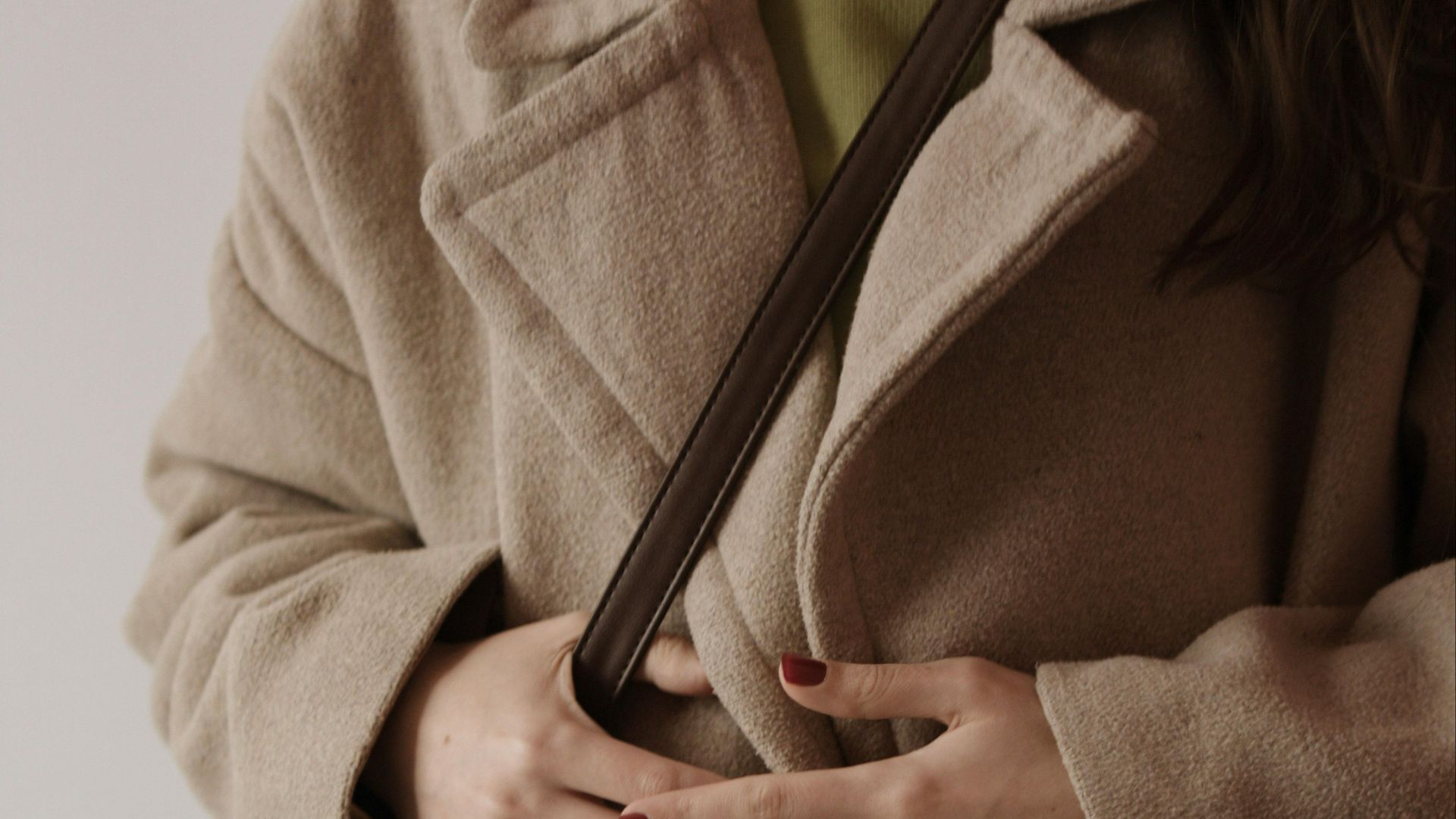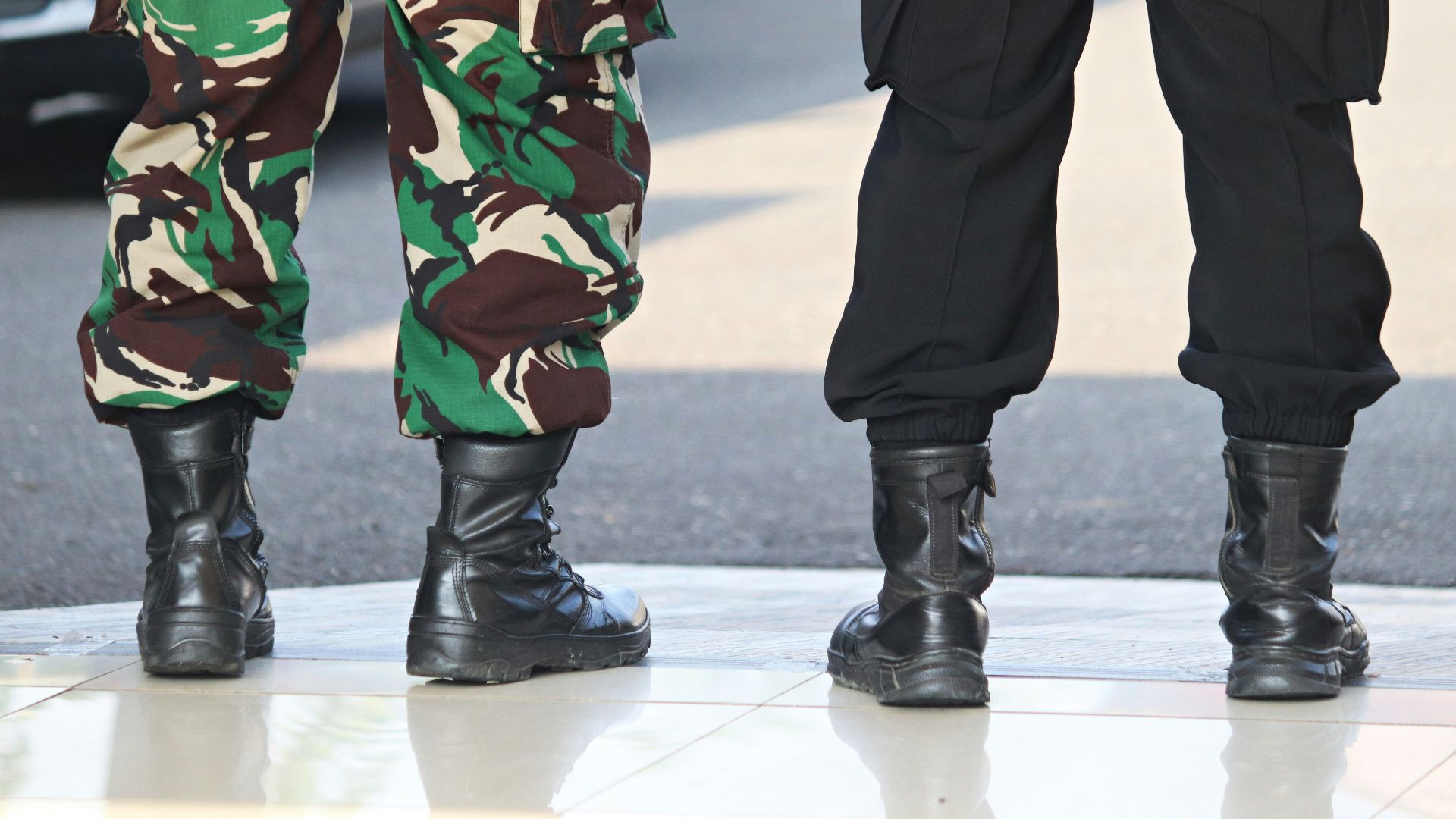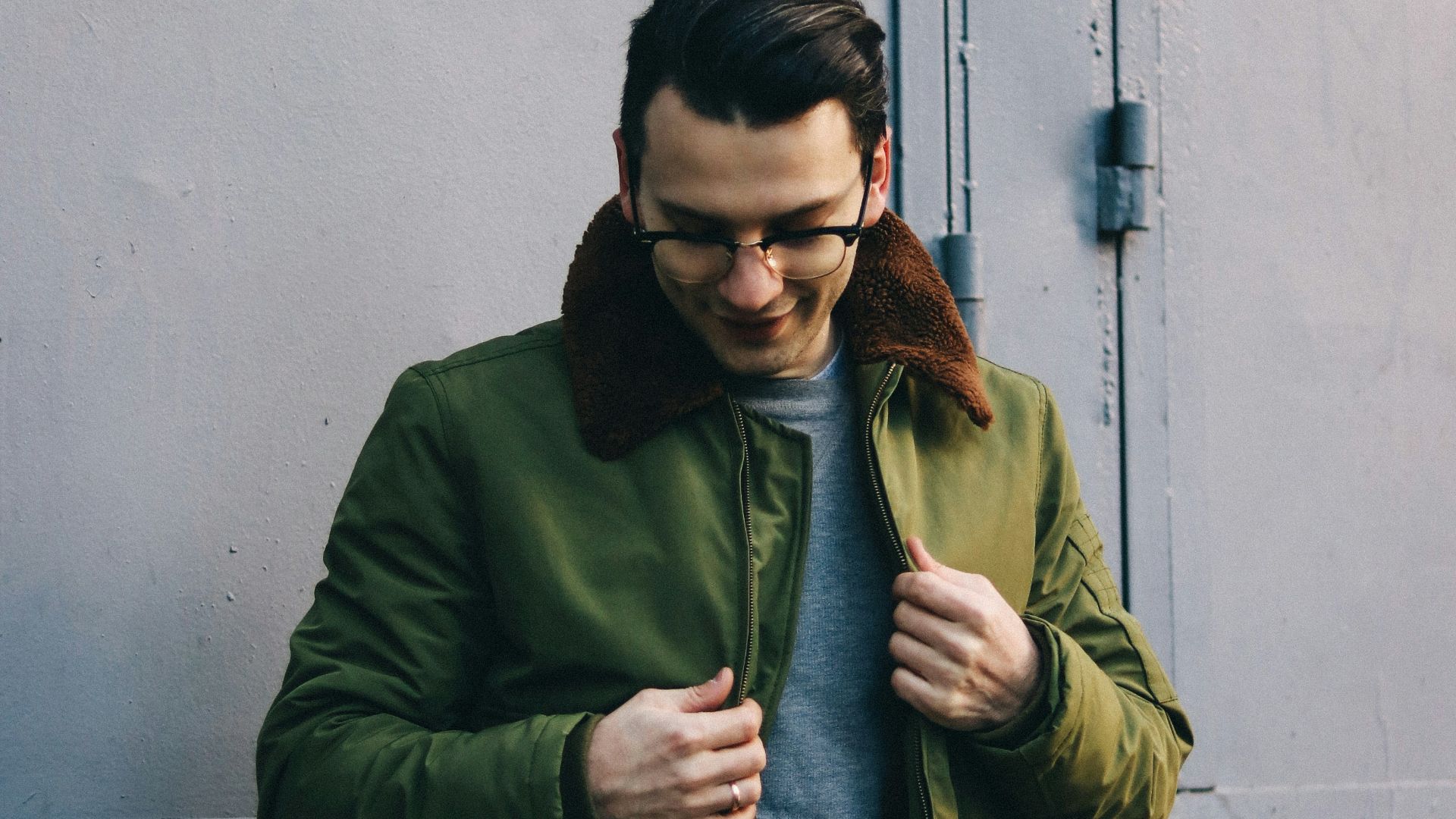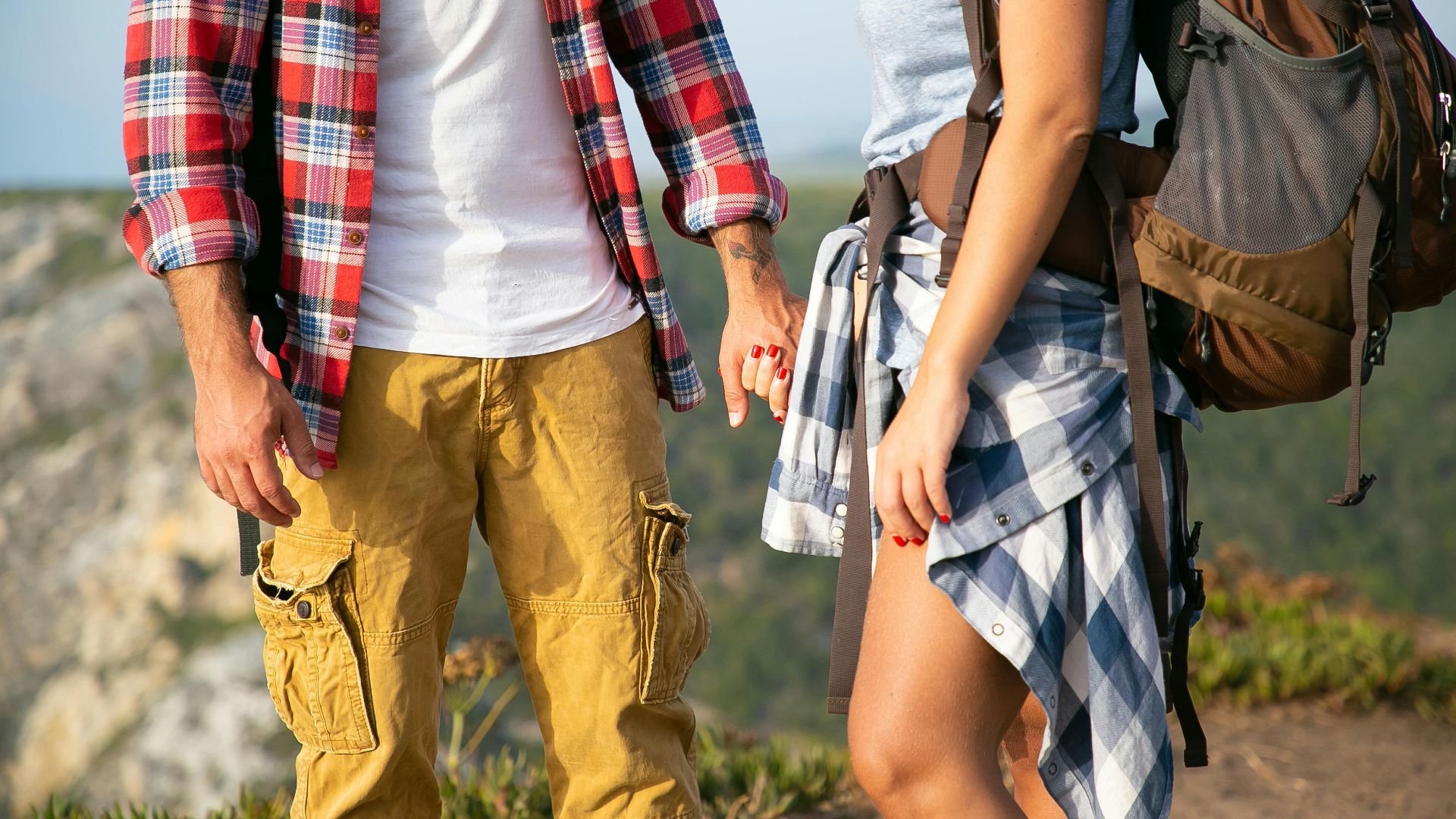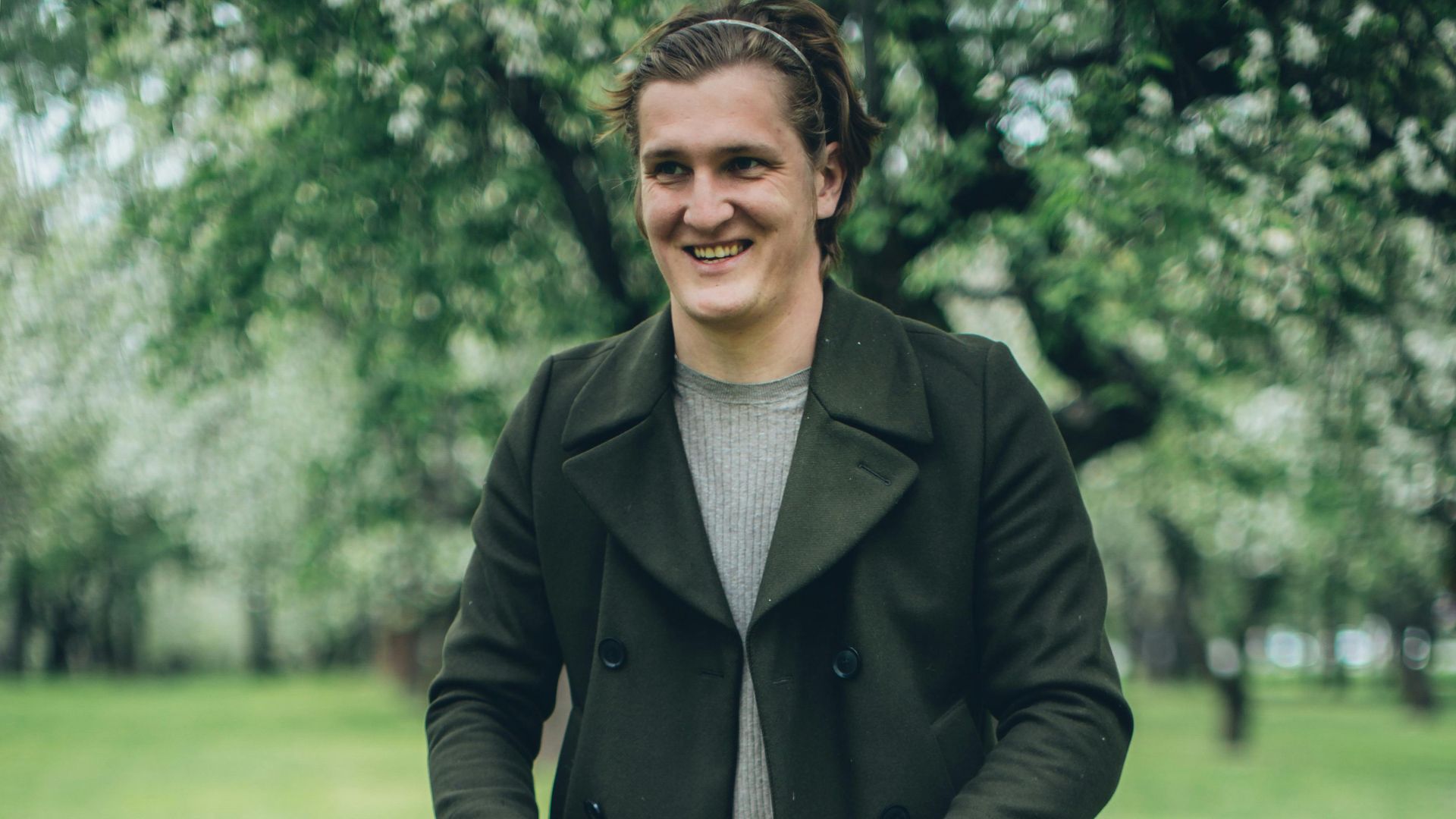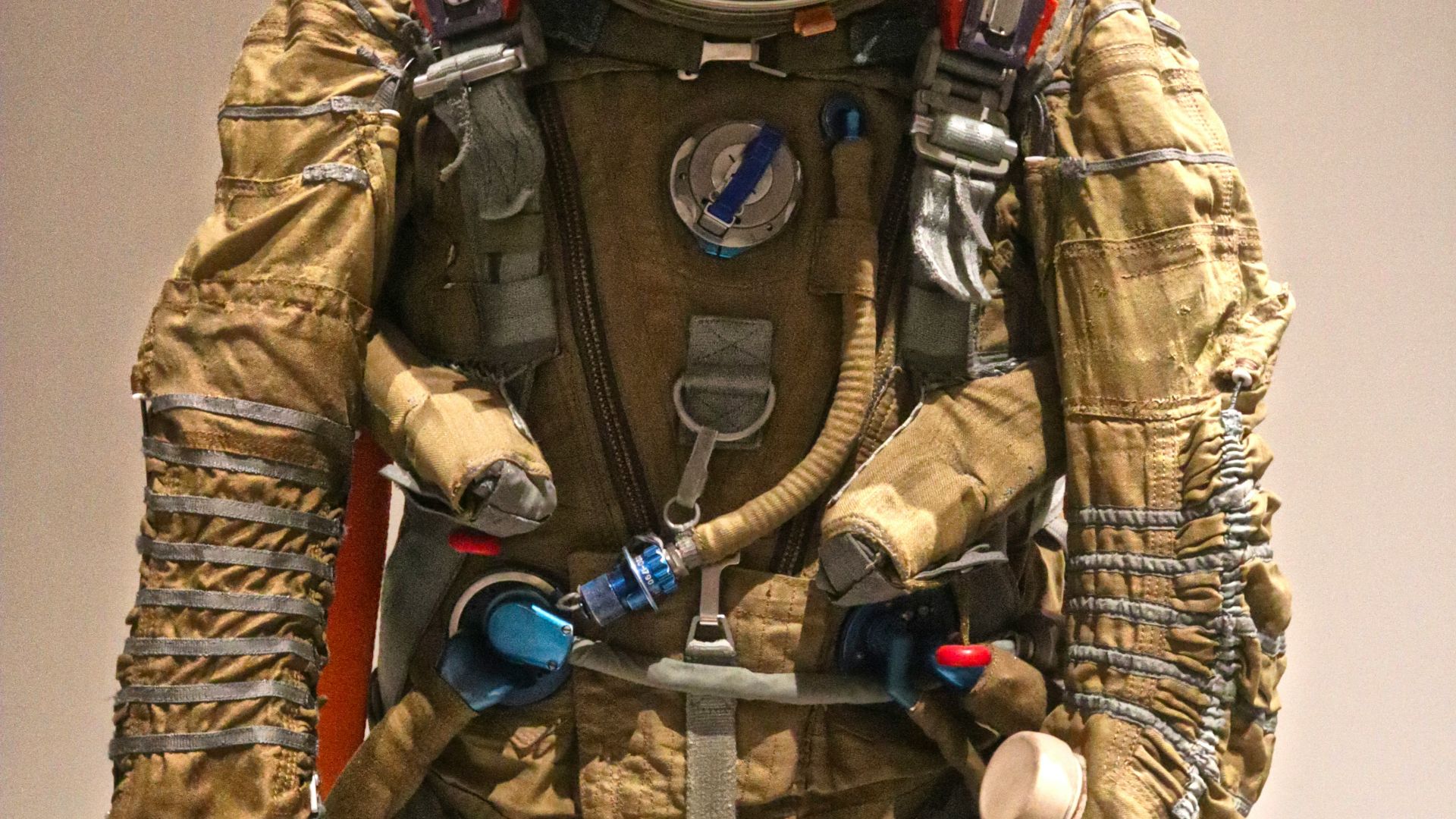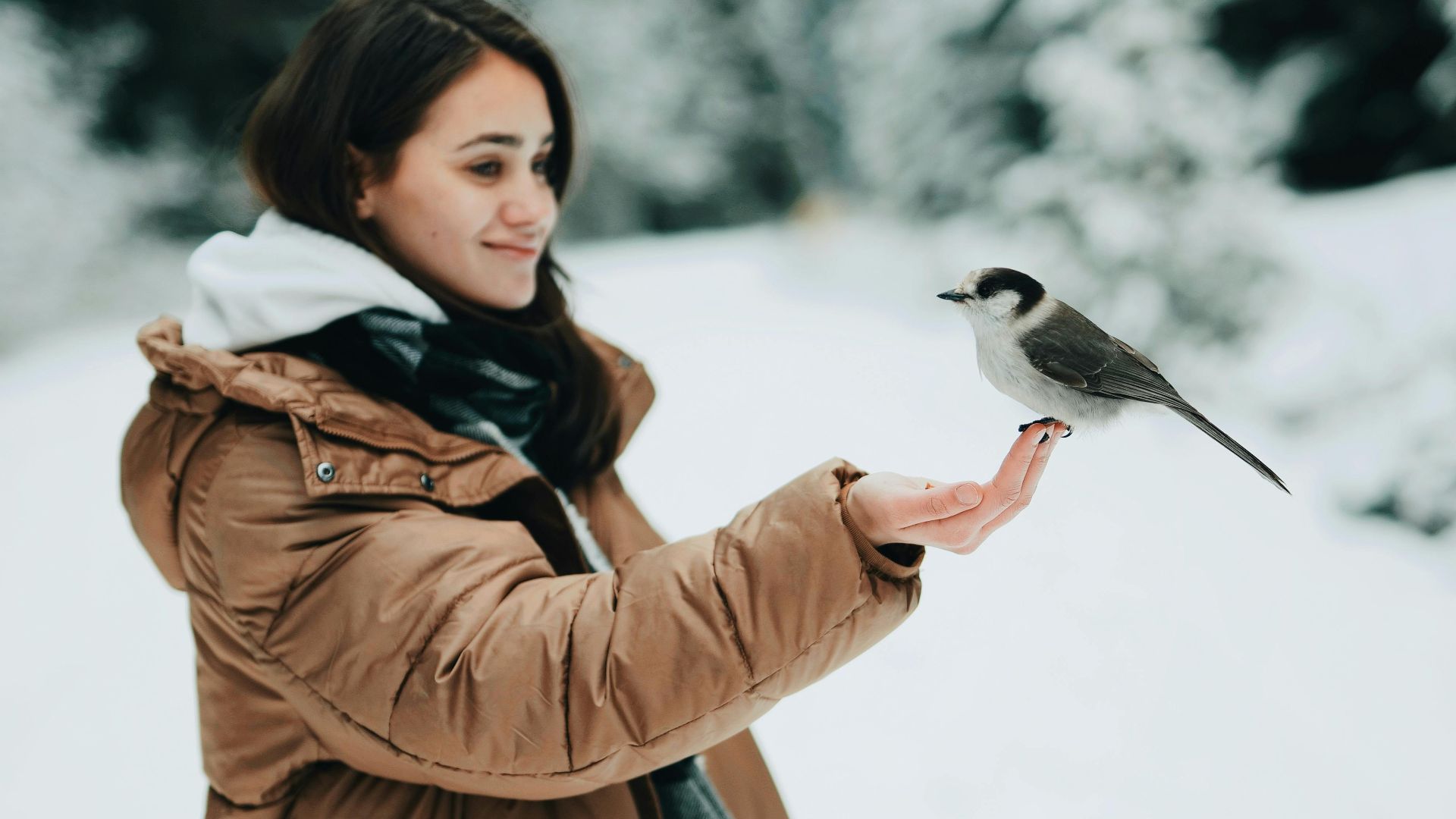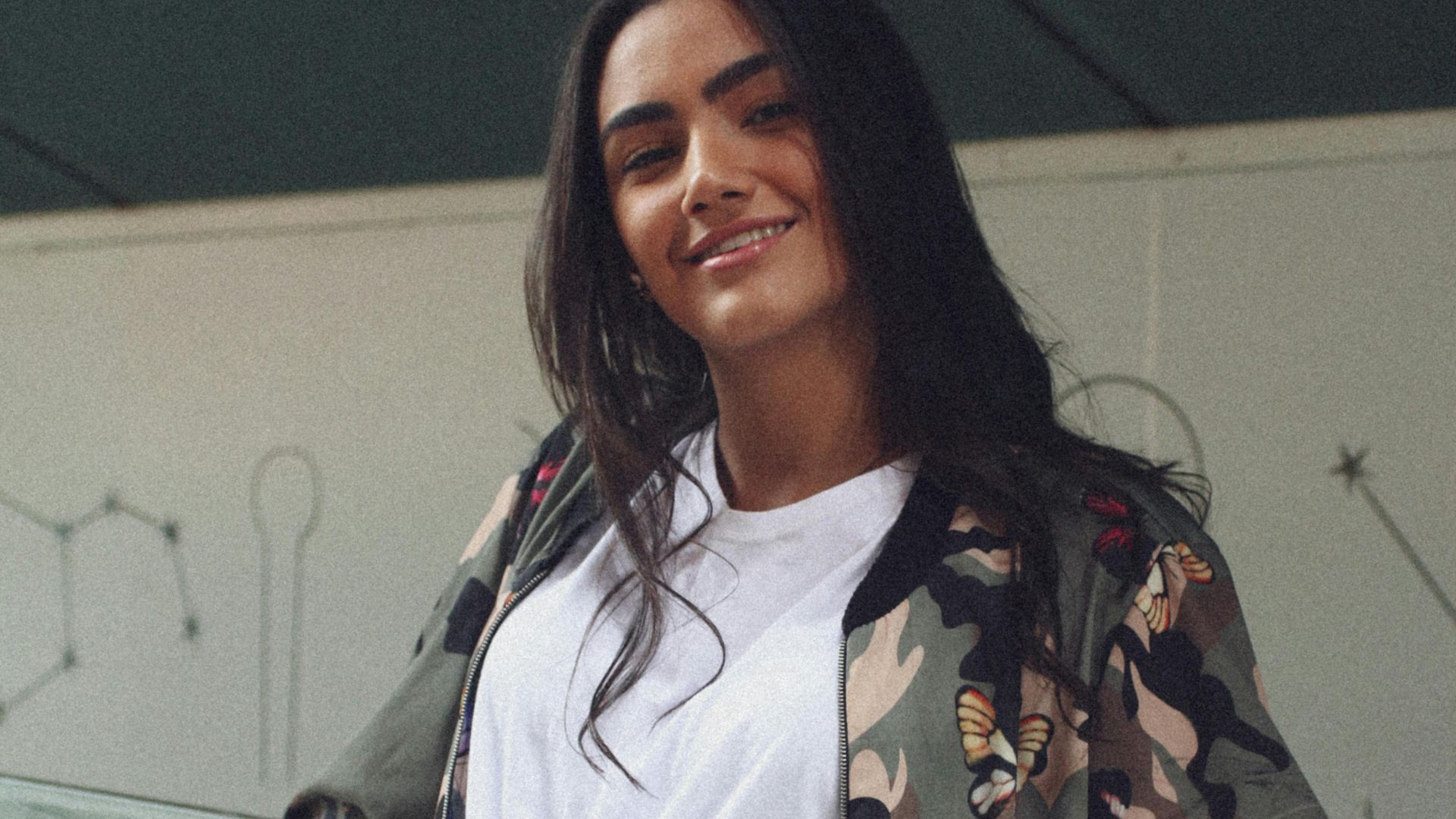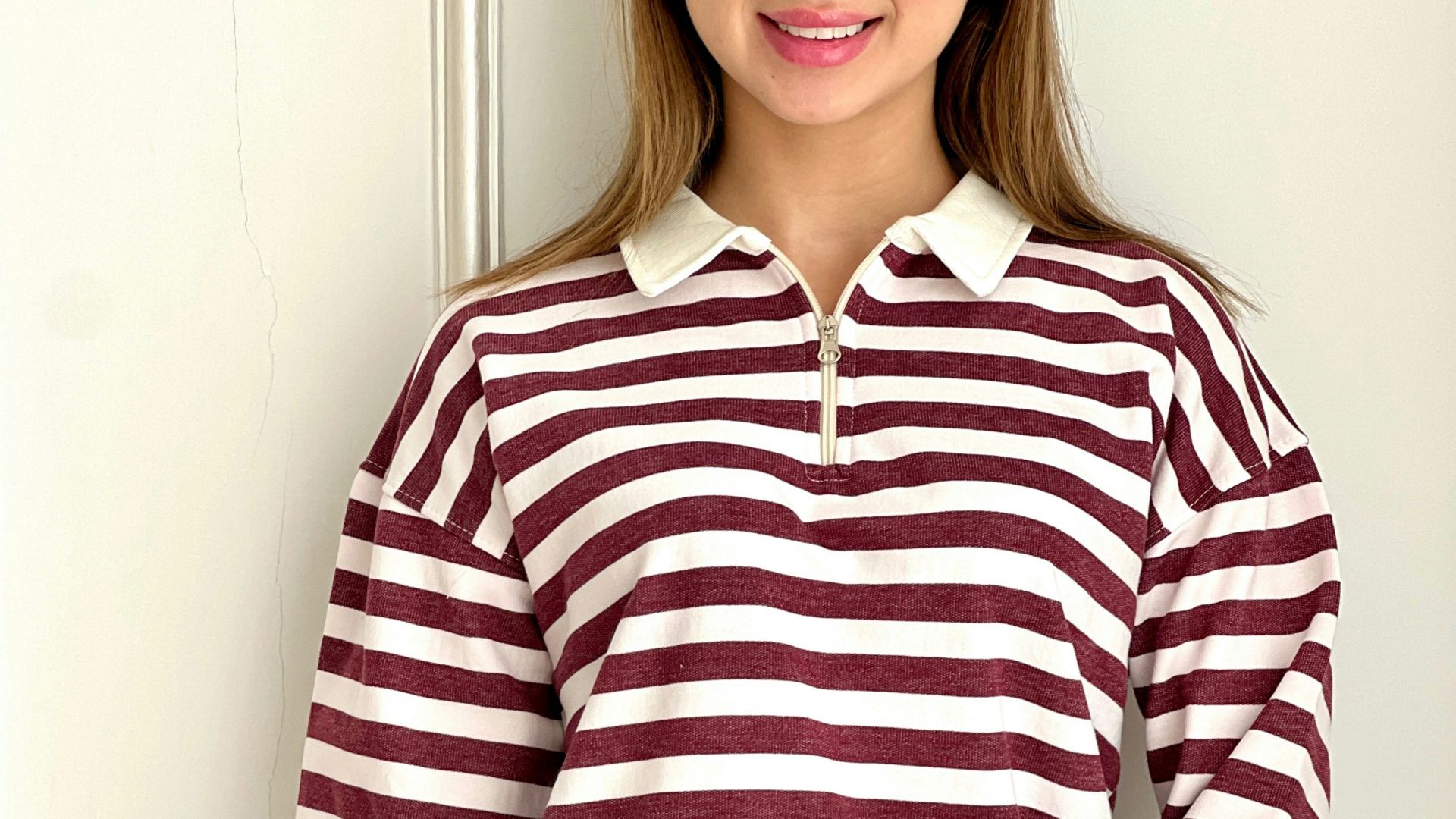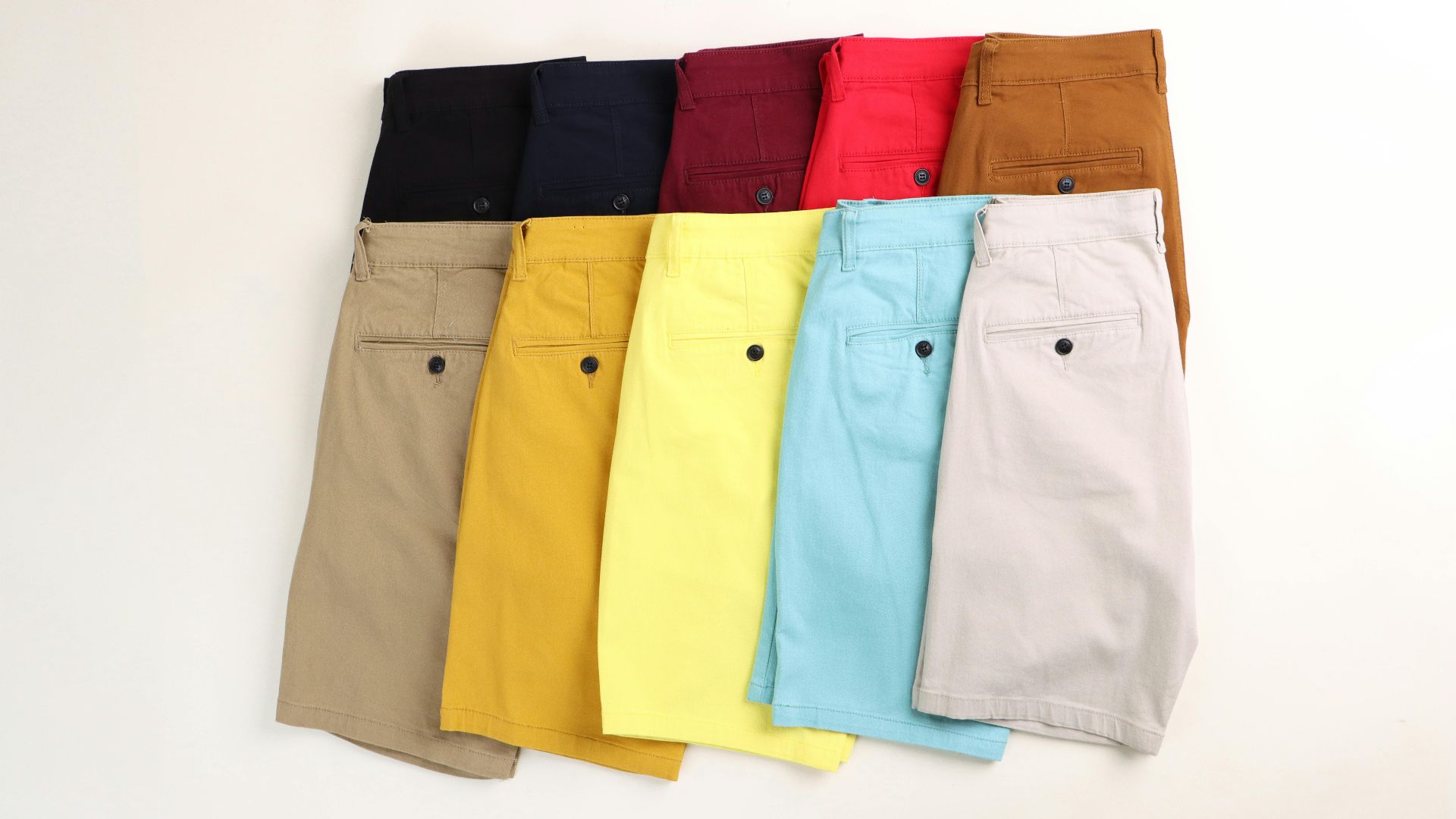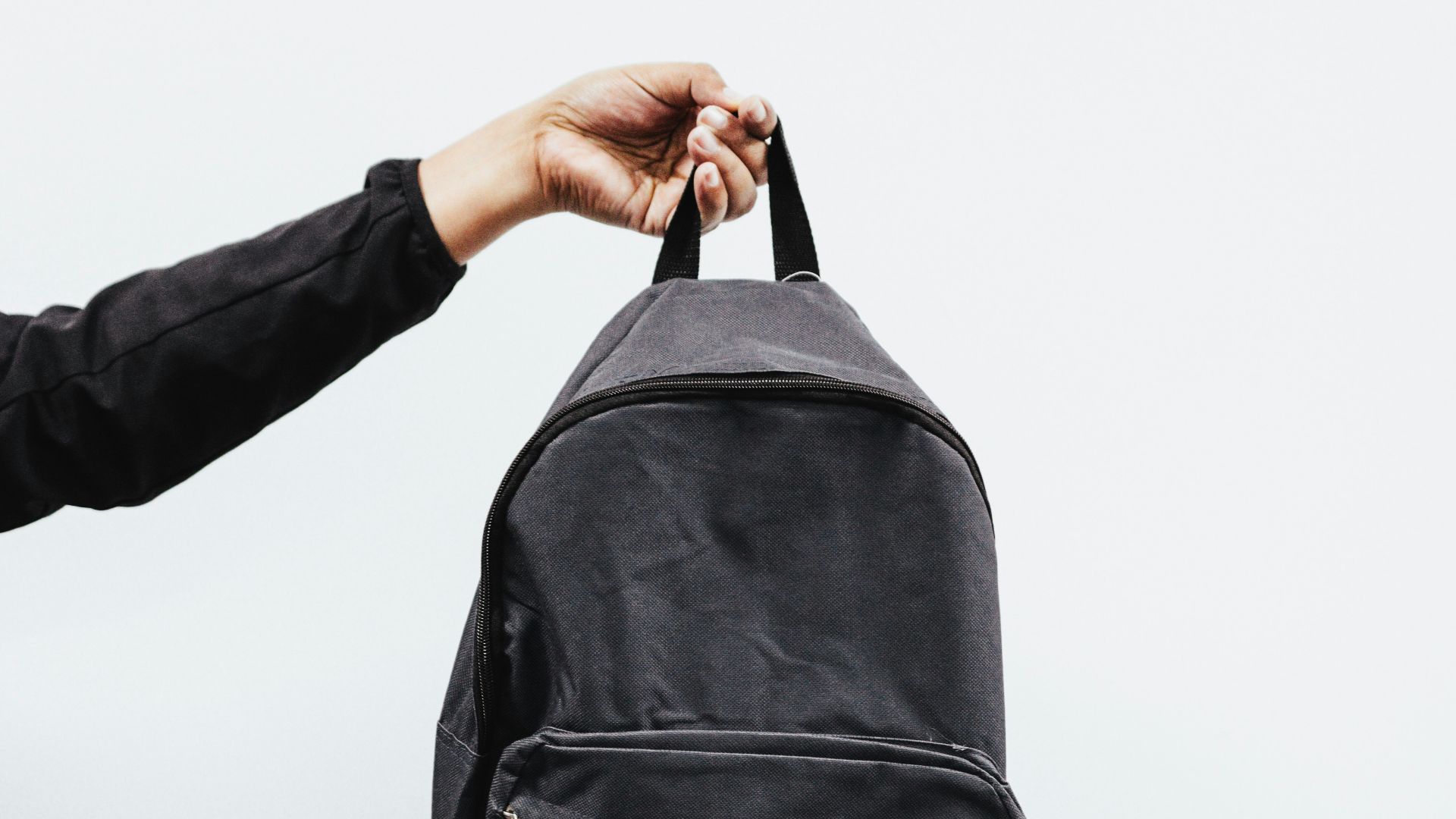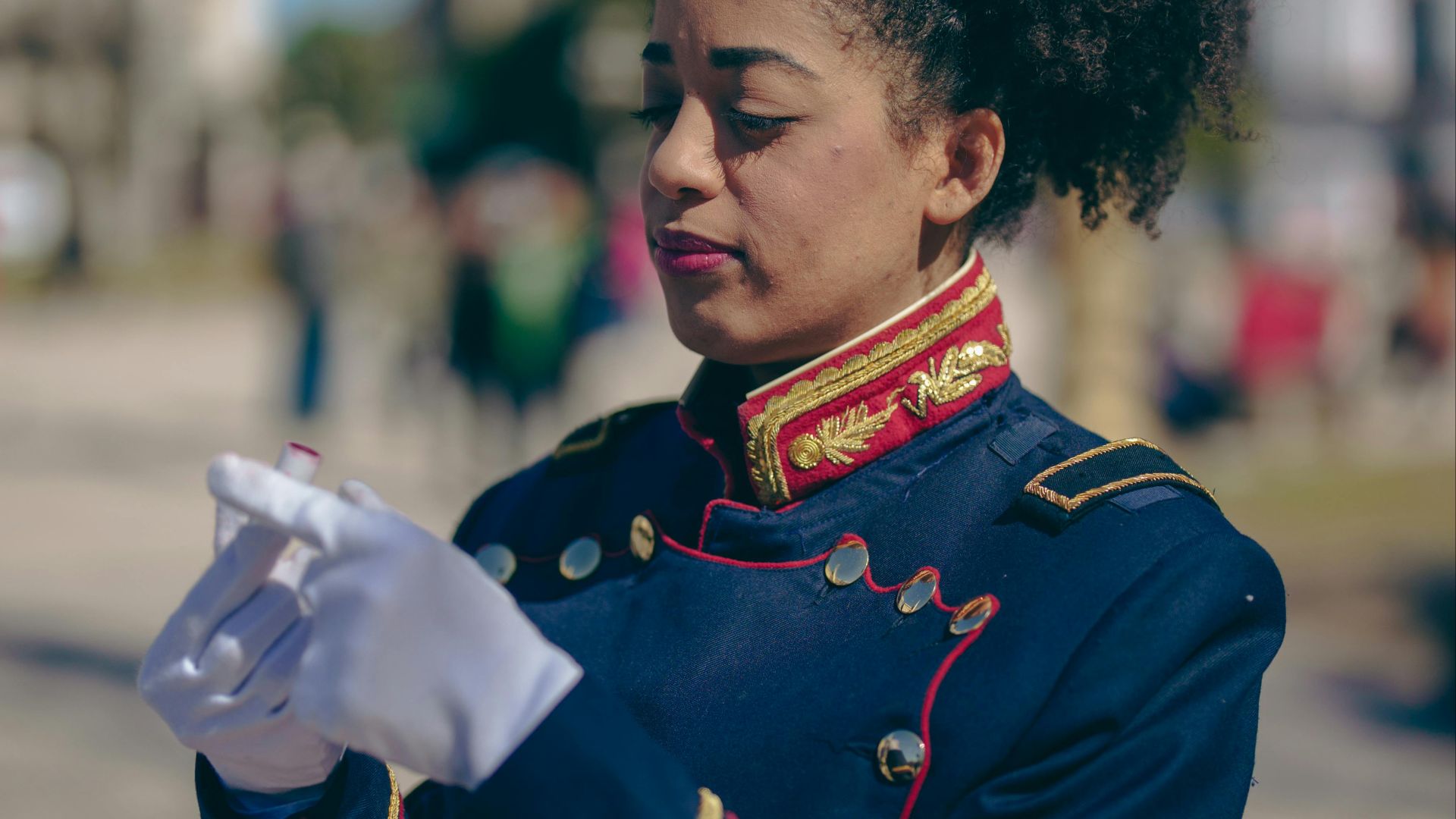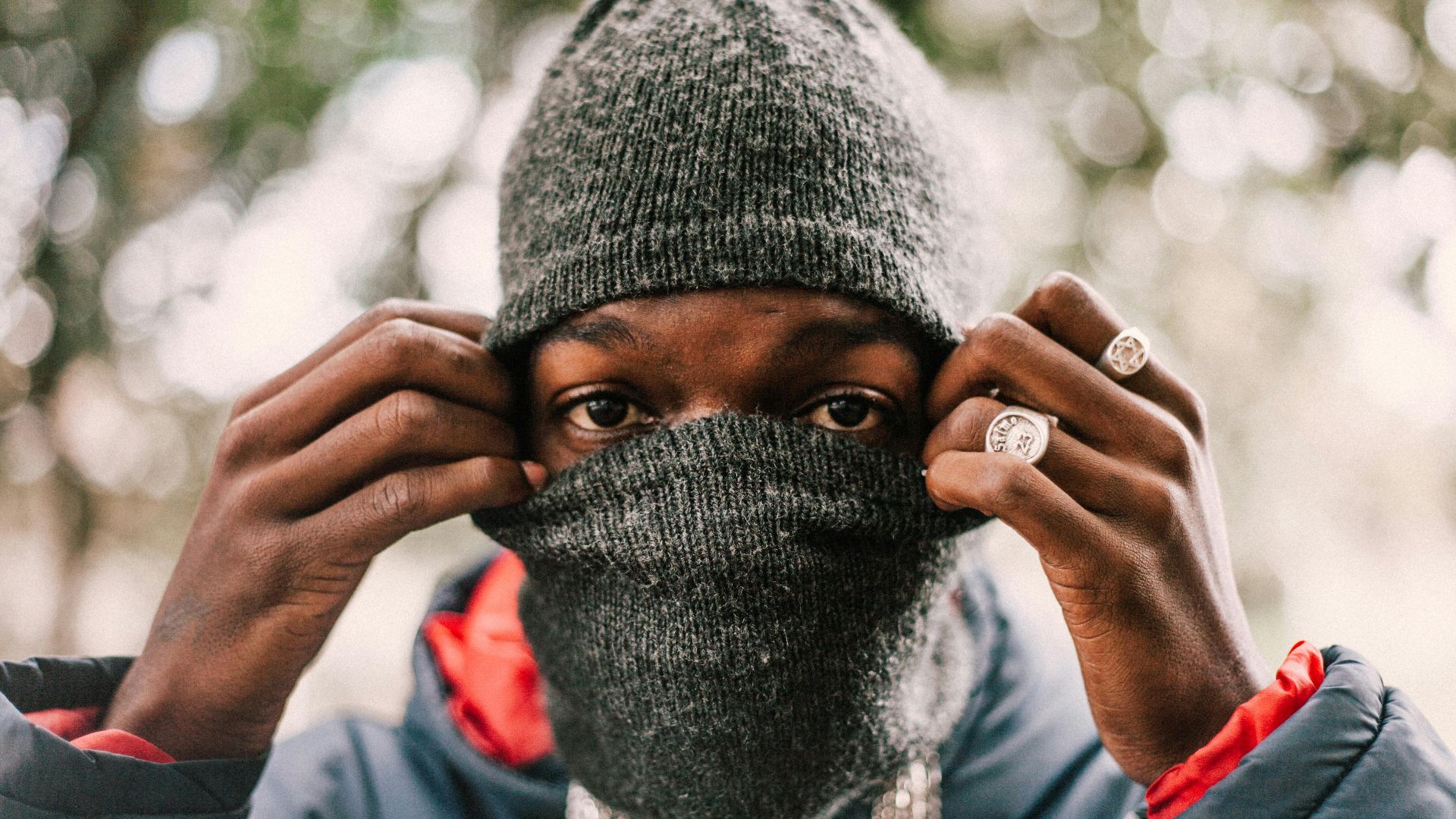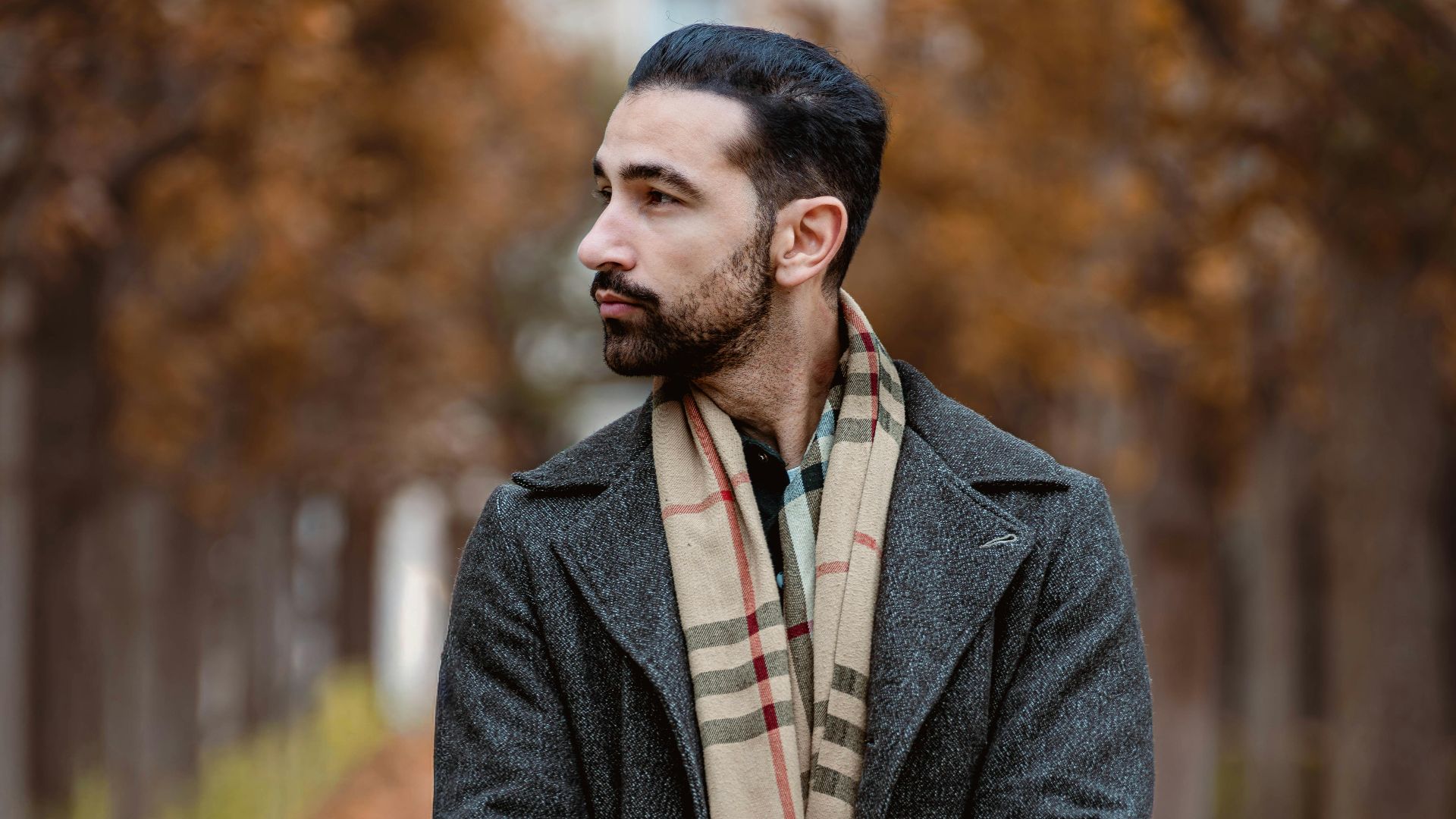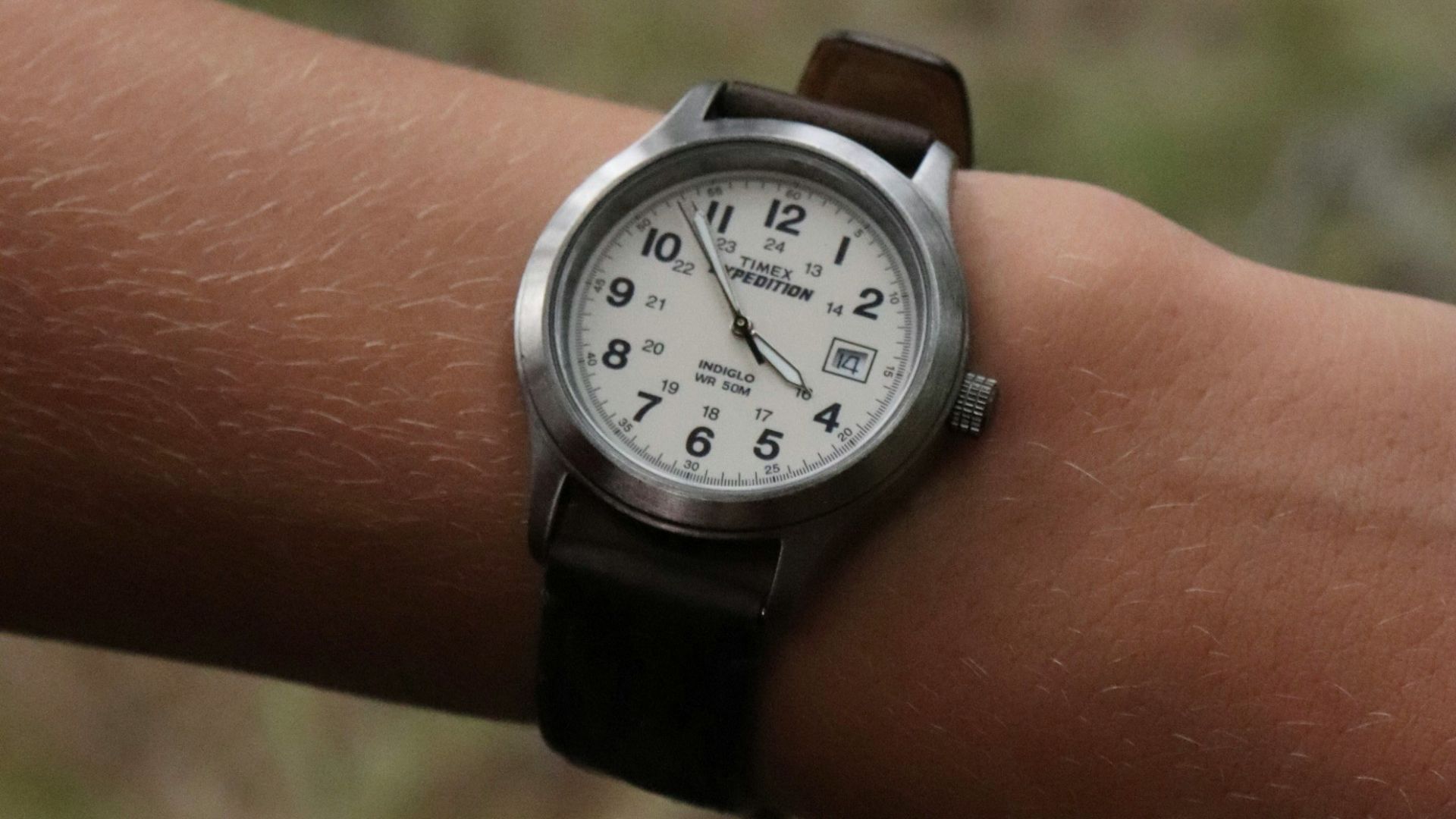From Trenches to Trendsetters
It’s strange to think that the merciless chaos of war can end up shaping fashion, but if you look close enough, you’ll notice that half your closet carries echoes of battle. Trench coats, boots, and aviator glasses weren’t dreamed up by designers sipping espresso in Paris. No, these fashion staples were built for survival in the heat of battle. What began as function became style, and what once marched into battle now struts down runways or through city streets. Here are twenty iconic pieces born from the battlefield.
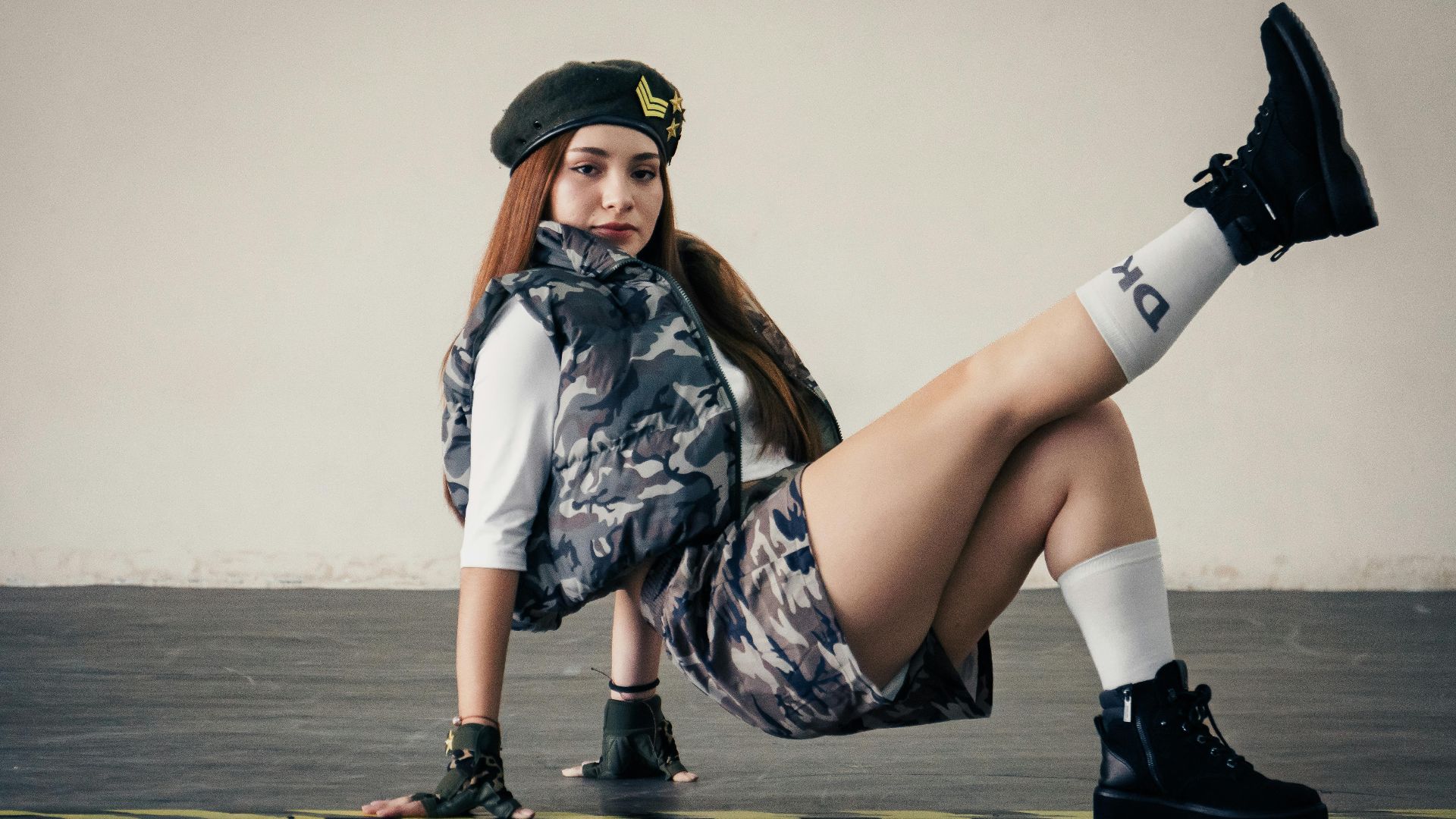 Edgar Mosqueda Camacho on Pexels
Edgar Mosqueda Camacho on Pexels
1. The Trench Coat
Thomas Burberry’s gabardine fabric was both waterproof and breathable and kept British officers dry in World War I trenches. From the epaulettes to the D-rings to the storm flaps, every detail served a purpose. Yet now, a century later, the same coat is a sign of sophisticated class.
2. Combat Boots
Once designed for slogging through mud and marching endless miles, combat boots now stomp through fashion capitals. Soldiers needed durability; we crave the attitude they imbue to every step. Those thick soles give us a heavy, grounded feel like we mean business.
3. The Bomber Jacket
Early cockpits didn’t come with heating, so pilots froze in the upper atmosphere until someone stitched together sheepskin and leather for warmth. The result was the bomber jacket. It now feels just as natural on the ground—if not more—as it once did in the air.
4. Cargo Pants
All those pockets weren’t for hands; they carried maps, grenades, and survival gear. Nowadays, the cargo has shifted to keys, phones, and anxiety meds. Cargo pants were invented for practicality and were later hijacked by skaters and streetwear kids, as these pants offered an unbeatable combo of storage and swagger in one package.
5. The Peacoat
Sailors wore these double-breasted wool jackets to cut the sea wind; now we wear them to cut through city winters. You can still feel the naval formality in every stitch and the heavy-duty buttons. There’s a certain dignity to this jacket, like you should be saluting someone.
6. The T-Shirt
This undergarment was first issued to U.S. Navy men in the early 1900s. It was plain white and meant to stay unseen. Then came Marlon Brando and James Dean, who triggered a revolution in casual wear. Suddenly, the humble T-shirt became a statement of radical simplicity.
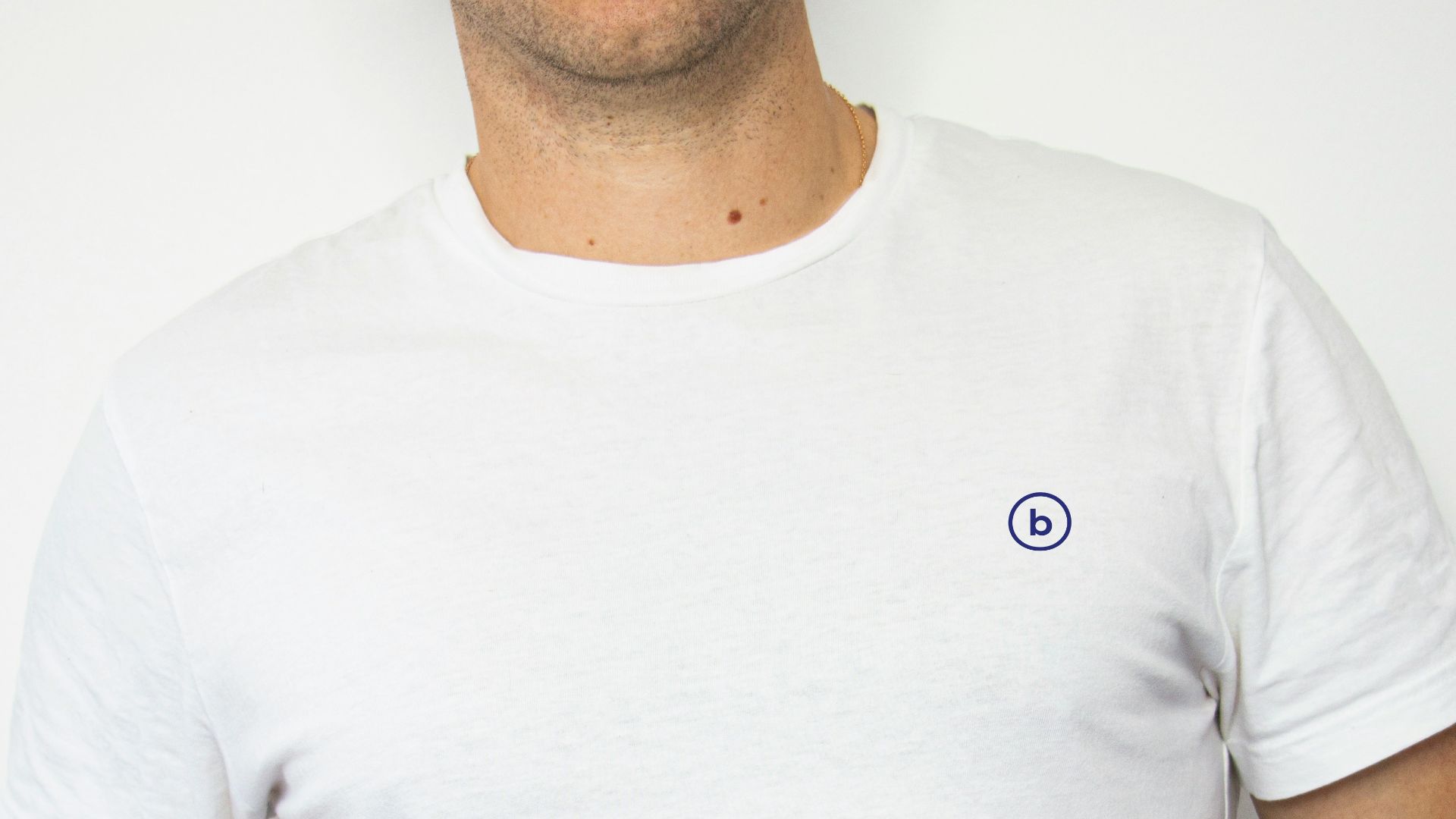 Brando Makes Branding on Unsplash
Brando Makes Branding on Unsplash
7. The Aviator Sunglasses
Originally developed to shield pilots’ eyes from blinding sunlight at high altitudes, these shades eventually became symbols of cool. The thin metal frame and teardrop lens were function refined into iconography. Maybe it’s the association with authority. Or maybe it’s just that everyone looks a little dangerous when they’re wearing a pair.
8. The Flight Suit
This design, with zippers and pockets to spare, was born for utility and has since been reimagined as chic minimalism. From NASA engineers to streetwear designers, the jumpsuit’s appeal hasn’t faded. It’s comfort disguised as confidence. You zip it up, and suddenly you’re ready for launch.
9. The Parka
Invented by the Inuit, the parka was later perfected by soldiers. The fishtail parka became standard issue during the Korean War, its length protecting legs from freezing winds. Decades later, 1960s London youth culture made it their outerwear of choice.
10. The Camouflage Print
The pattern was initially designed to hide but ironically became impossible to ignore. From sniper suits to haute couture, camo somehow flipped its purpose. It’s everywhere—on purses, heels, even yoga mats.
11. The Breton Stripe Shirt
French navy uniforms in the 1850s used stripes to help spot men who’d fallen overboard. Coco Chanel borrowed the look for her seaside collection, and the rest is fashion history. Now it’s café casual and effortlessly French.
12. The Duffel Coat
Named after Duffel, Belgium, where the thick wool came from, British officers wore these coats during World War II because they had toggle fastenings you could undo even with gloves on. It’s got that utilitarian charm that’s perfect for winter walks.
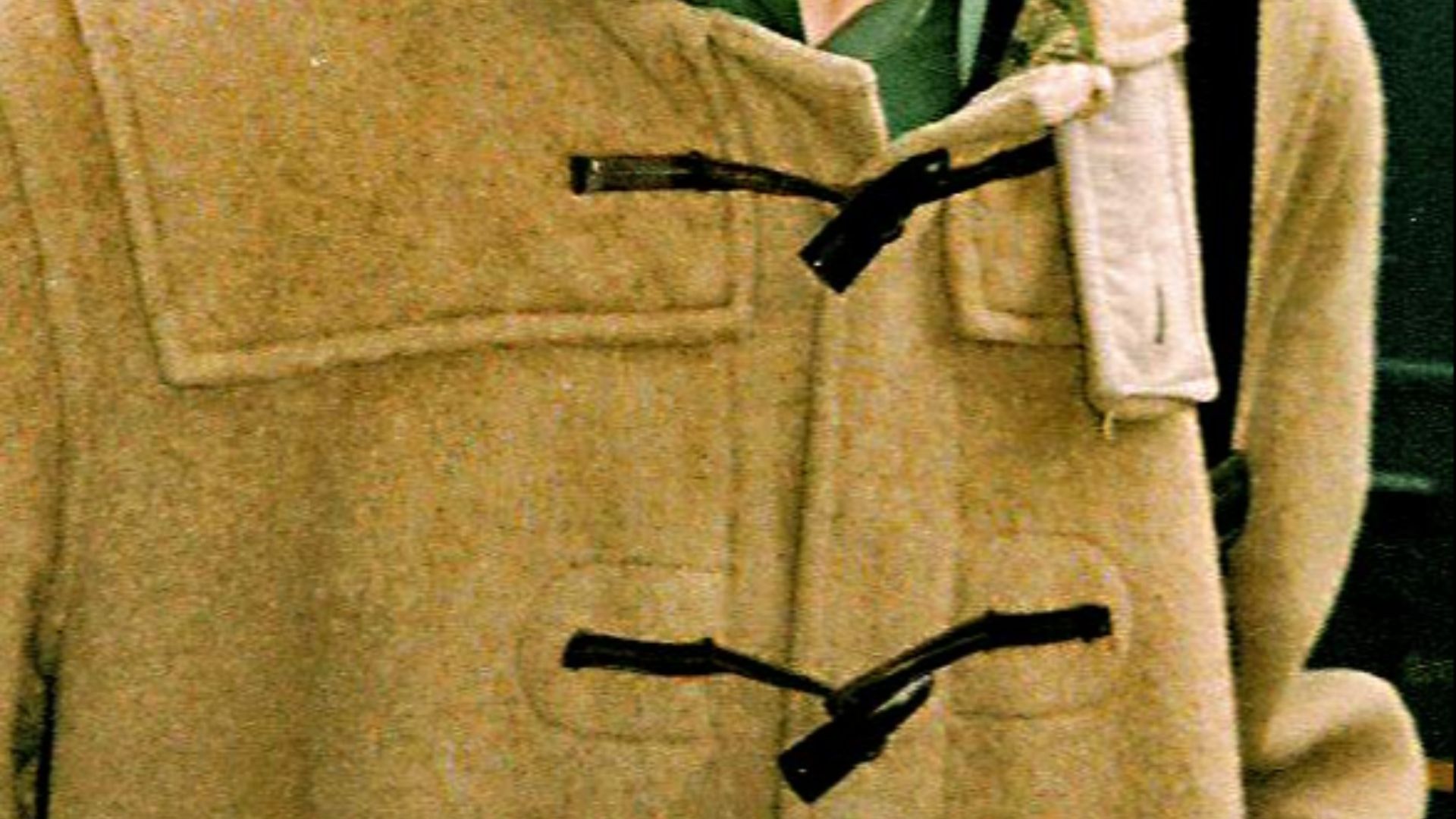 The original uploader was Daniel Case at English Wikipedia. on Wikimedia
The original uploader was Daniel Case at English Wikipedia. on Wikimedia
13. The Khaki Chino
Khaki means “dust” in Hindi. British troops dyed their white cotton uniforms that color in the mid-1800s to blend with India’s landscape. The American military adopted the look, and after World War II, so did civilians. Chinos became the go-to for off-duty wear, as they were somehow casual with a touch of formality.
14. The Backpack
Field packs existed long before students carried them on their shoulders. Soldiers needed to haul everything they owned, and the backpack was the surest way to do it. Modern backpacks are sleeker, sure, but the DNA’s the same.
15. The Epaulette
Those shoulder decorations once marked rank and regiment with gold fringe and brass buttons. Now they’re just decorative flair on blazers and coats. And yet, every time you see one, you sense hierarchy lingering underneath in a quiet echo of military honors.
16. The Aviator Cap
Leather helmets worn by WWI pilots kept heads warm and ears protected in open cockpits. Their thick, supple leather and snug lining became iconic. Today, vintage aviator caps inspire winter hats and retro motorcycle gear.
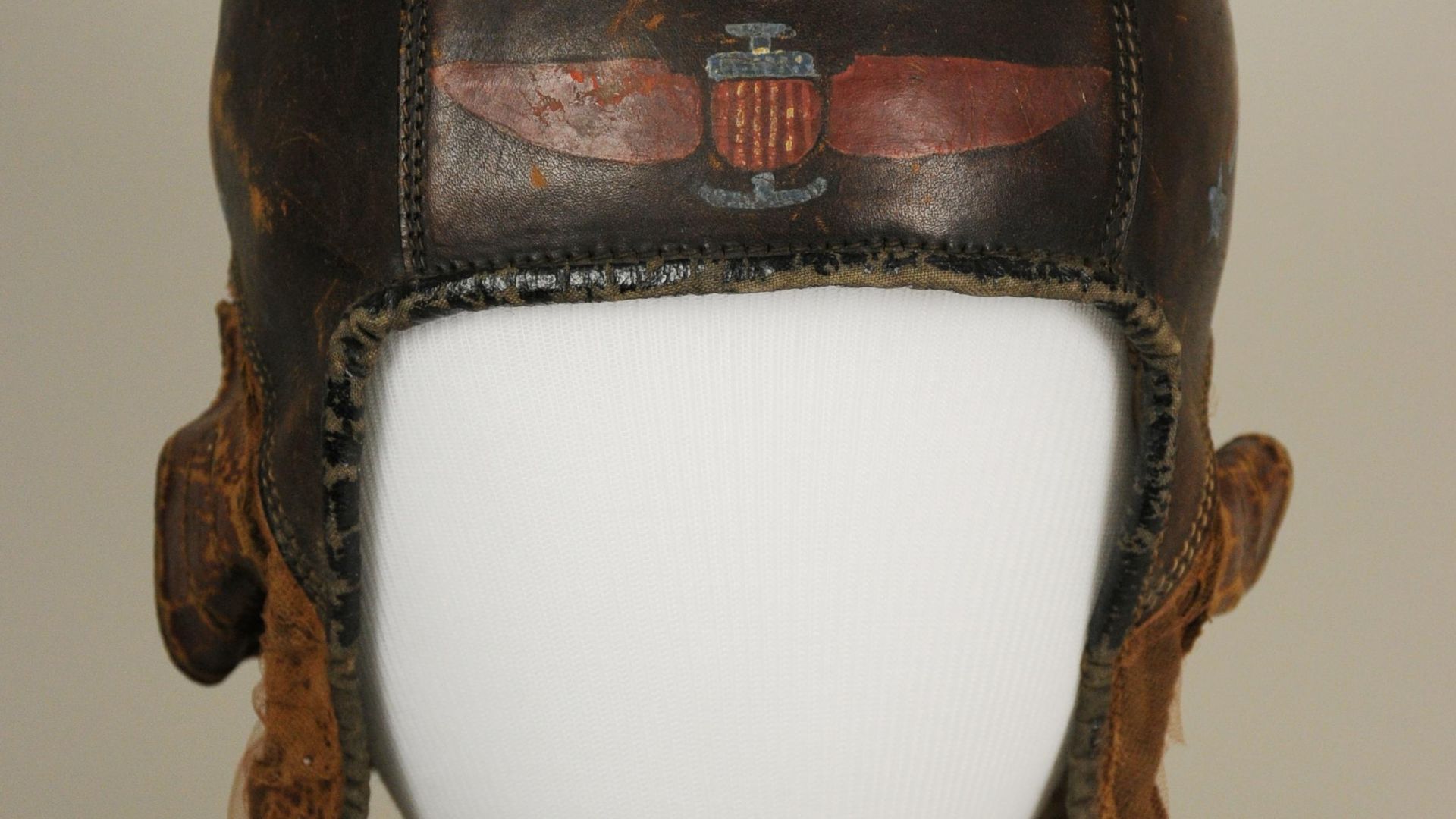 Naval History & Heritage Command from Washington, DC, USA on Wikimedia
Naval History & Heritage Command from Washington, DC, USA on Wikimedia
17. The Desert Boot
Nathan Clark designed them after seeing British officers wearing crepe-soled boots in Cairo. Desert boots were lightweight and practical for moving quietly across sand. Then he brought them home, and suddenly they were everywhere, from college campuses to cafés.
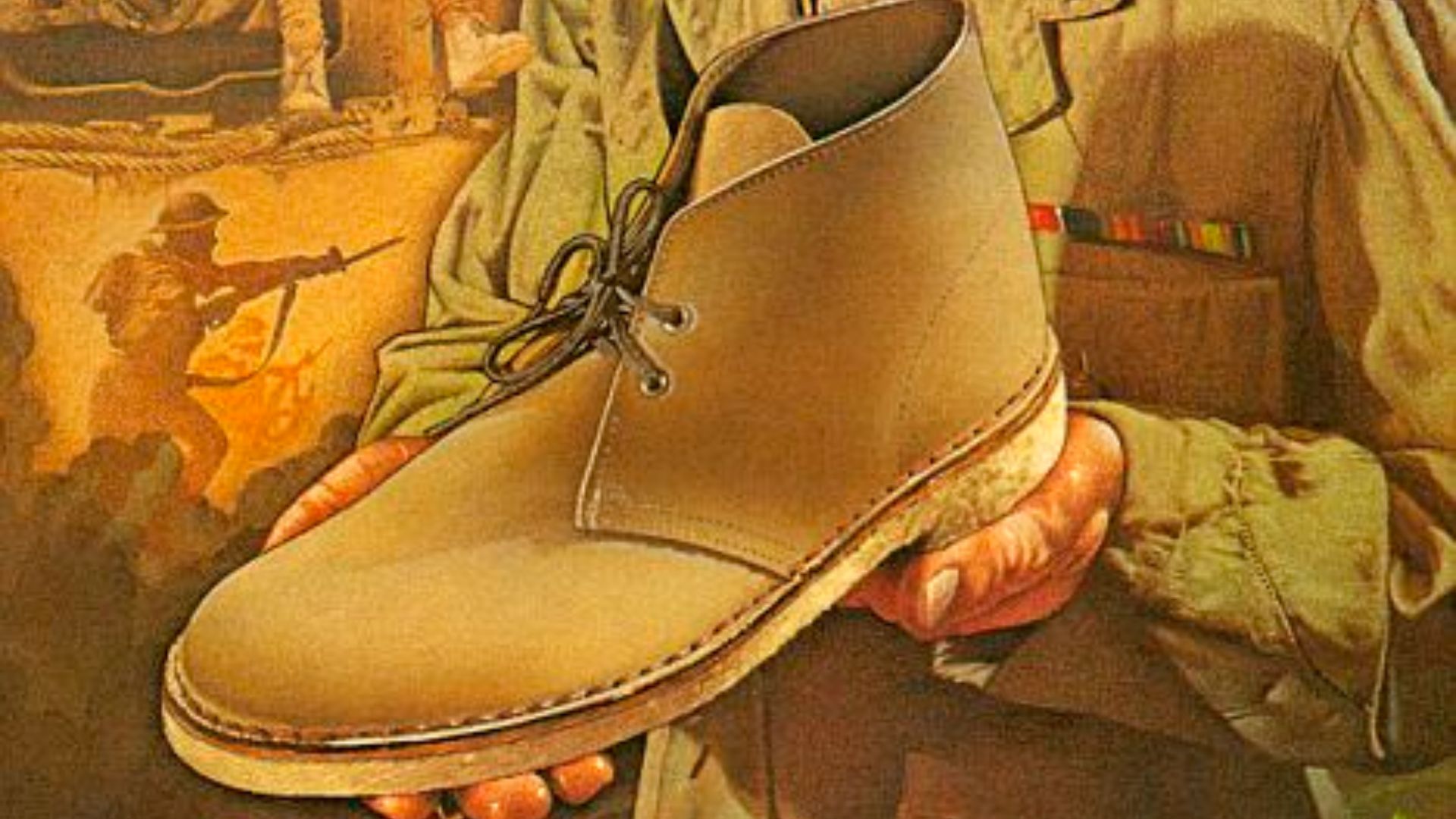 C & J Clark archive on Wikimedia
C & J Clark archive on Wikimedia
18. The Balaclava
Named after the Battle of Balaclava, Crimean War soldiers wore them for warmth during the brutal winter siege. The knit mask became shorthand for mystery and even crime. It’s equal parts utility and anonymity, depending on who’s wearing it.
19. The Bomber Scarf
Pilots in open cockpits needed something to keep their necks from freezing and chafing against leather collars. The white silk scarf became a necessity, then a symbol for aviation. These days it’s pure aesthetics, but there’s still something daring about it.
20. The Trench Watch
Before smartwatches and GPS, the trench watch was the innovation. With its leather strap, luminous dial, and sturdy casing, it was built for soldiers who couldn’t afford to fumble with pockets mid-battle. It was the first real blend of function and form, and like most good inventions, it never really went away.


